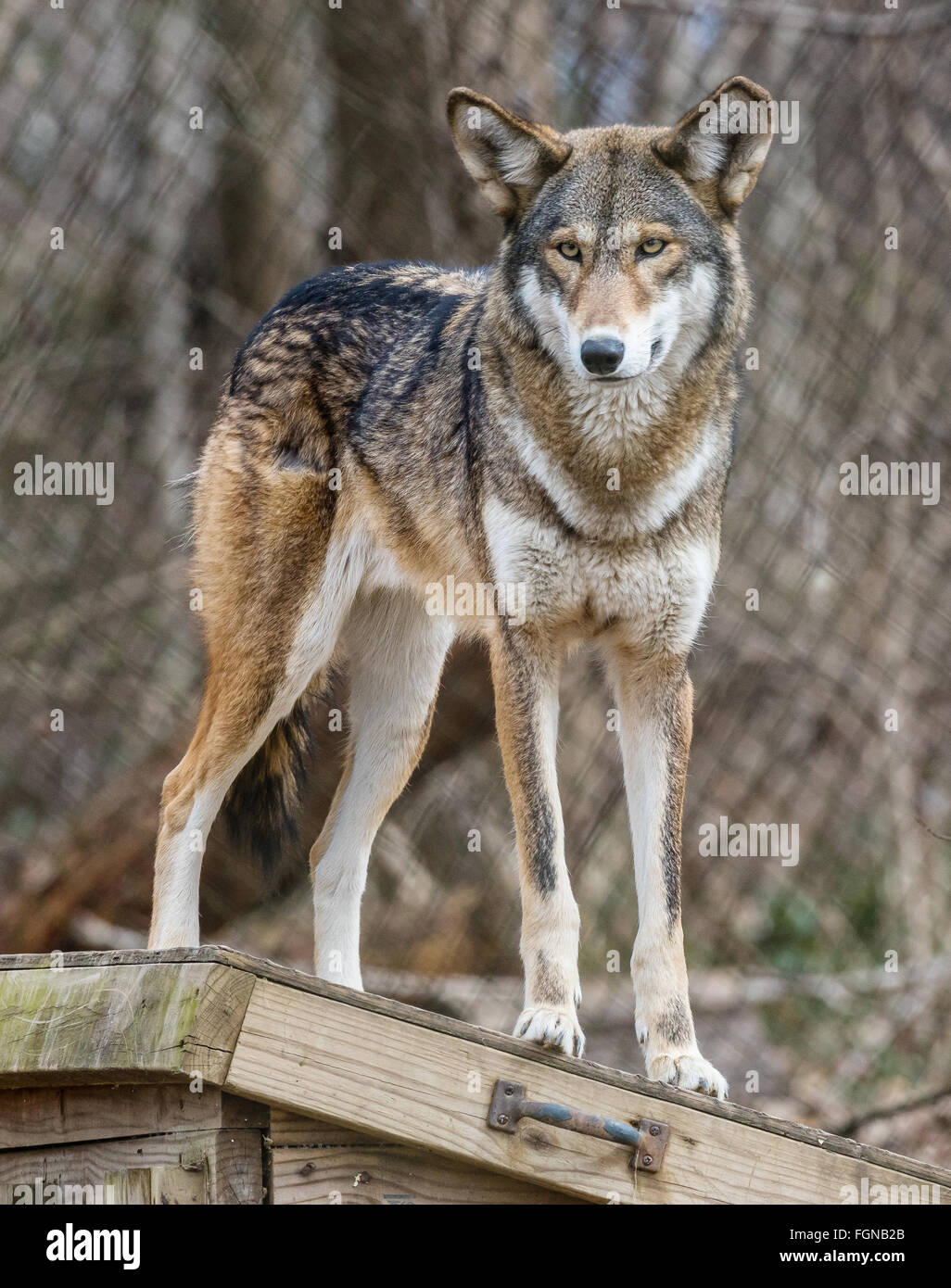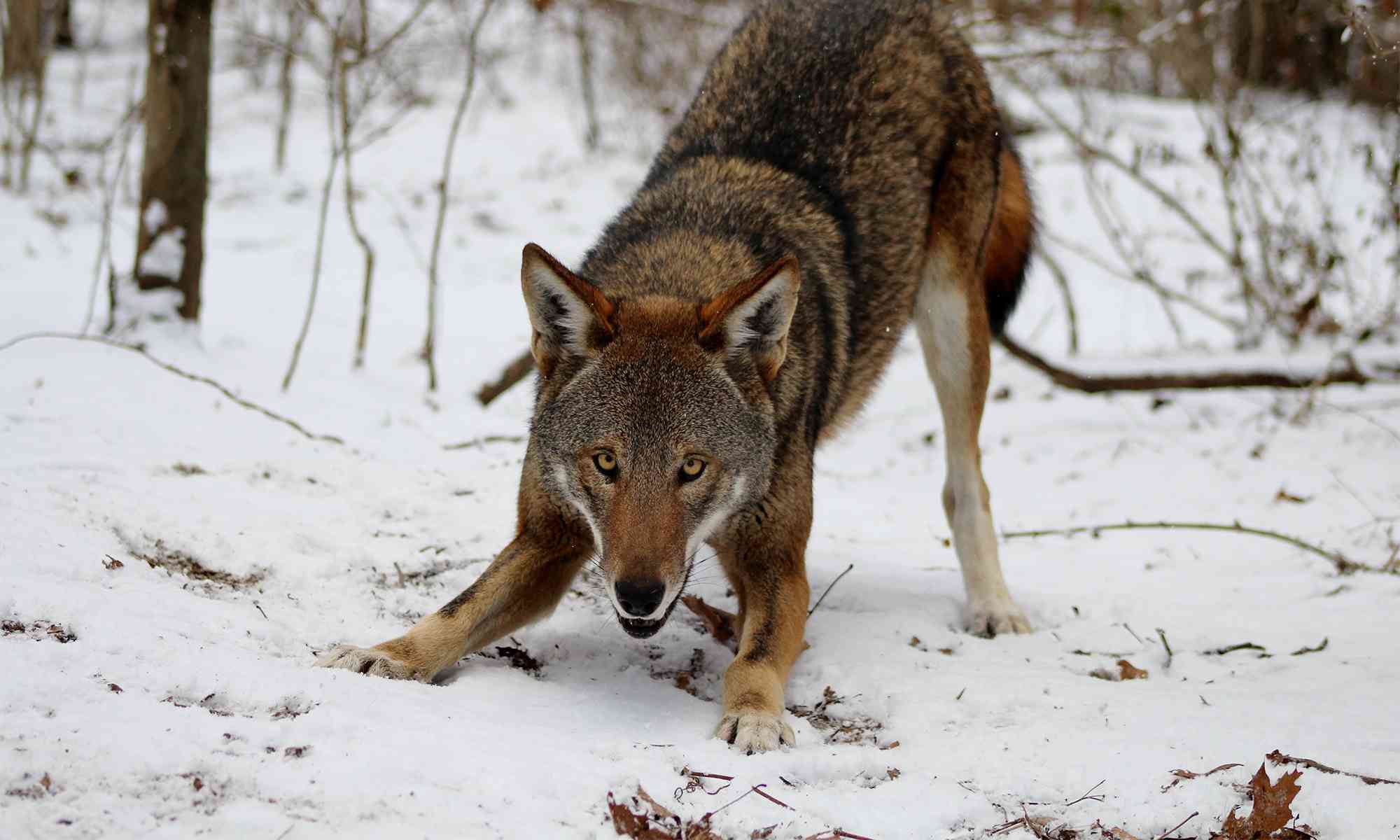


^ Canis lupus floridanus, Catalogue of Life.Mammal Species of the World: A Taxonomic and Geographic Reference (3rd ed.). It was believed by one author that both varieties, instead of being subspecies of the red wolf, were actually a type of coyote. A red-colored species, known as the Florida red wolf, once resided in Florida as well, though it also became extinct in 1921.

Īt one time this canid was proposed by some authors as a subspecies of the red wolf ( Canis lupus or Canis lupus rufus) and that a variation in the red wolf's coloring led to the creation of the Florida black wolf. This wolf is recognized as a subspecies of Canis lupus in the taxonomic authority Mammal Species of the World (2005).

This subspecies became extinct in 1934 due to crowding out of its habitat and hunting. The Florida black wolf ( Canis lupus floridanus), also known as the Florida wolf and the black wolf, is an extinct subspecies of Canis lupus that was endemic to Florida.


 0 kommentar(er)
0 kommentar(er)
